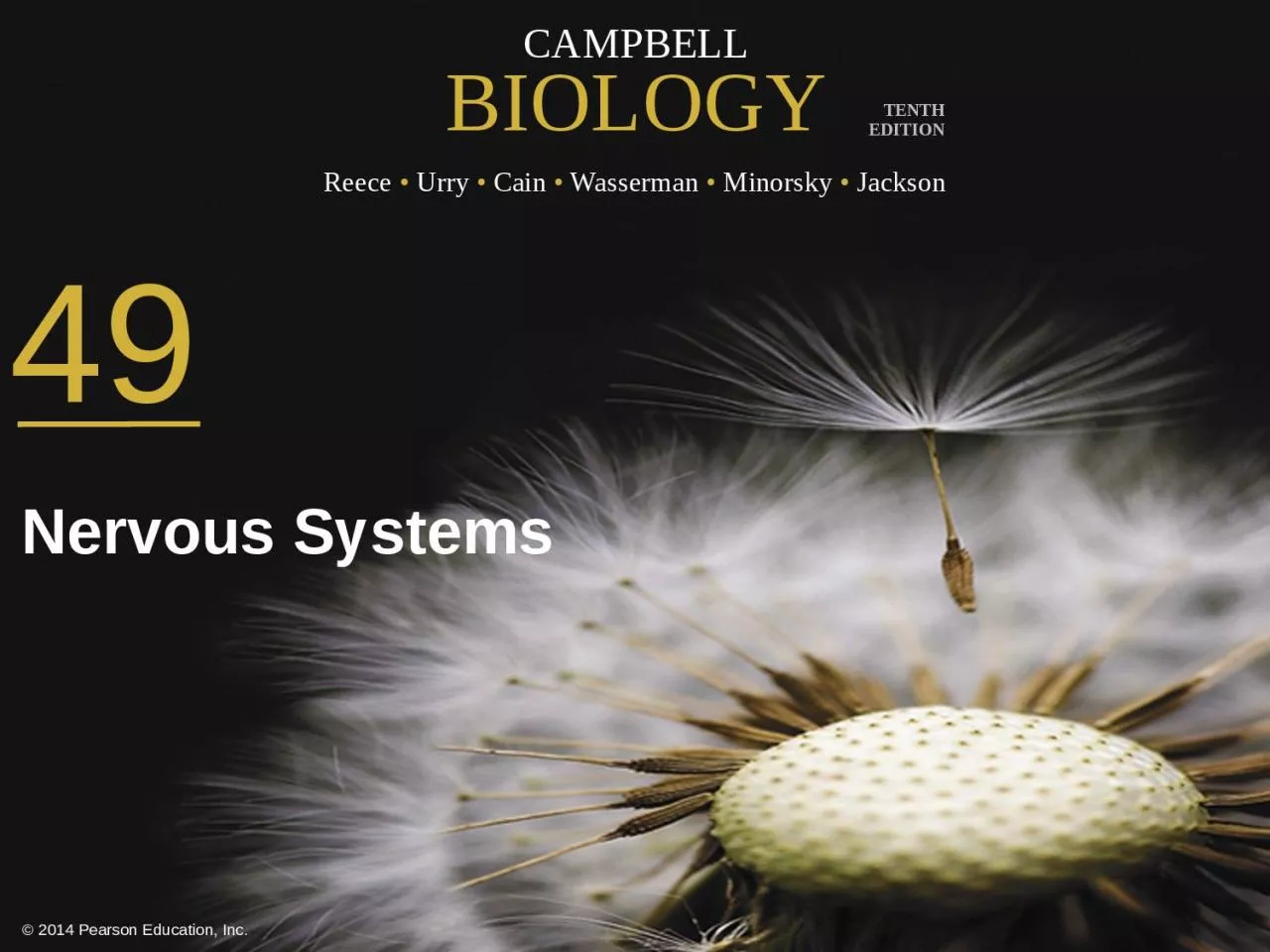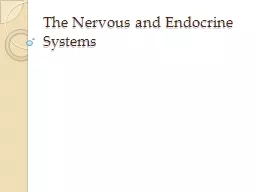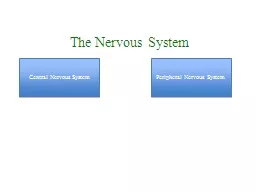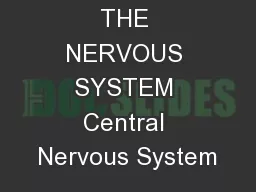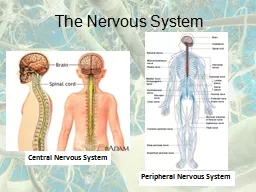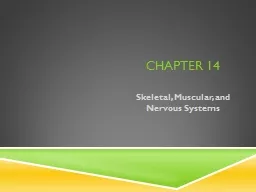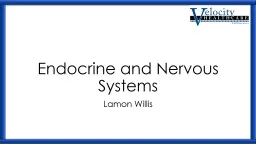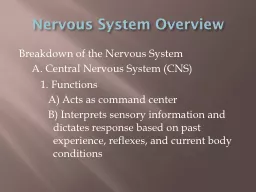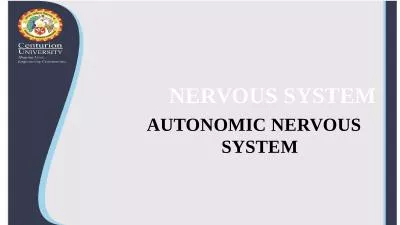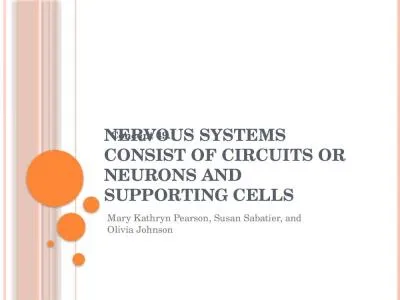PPT-49 Nervous Systems Command and Control Center
Author : vivian | Published Date : 2024-01-29
The human brain contains about 100 billion neurons organized into circuits more complex than the most powerful supercomputers Powerful imaging techniques allow researchers
Presentation Embed Code
Download Presentation
Download Presentation The PPT/PDF document "49 Nervous Systems Command and Control C..." is the property of its rightful owner. Permission is granted to download and print the materials on this website for personal, non-commercial use only, and to display it on your personal computer provided you do not modify the materials and that you retain all copyright notices contained in the materials. By downloading content from our website, you accept the terms of this agreement.
49 Nervous Systems Command and Control Center: Transcript
Download Rules Of Document
"49 Nervous Systems Command and Control Center"The content belongs to its owner. You may download and print it for personal use, without modification, and keep all copyright notices. By downloading, you agree to these terms.
Related Documents

